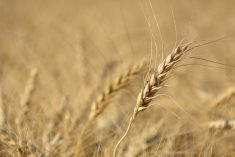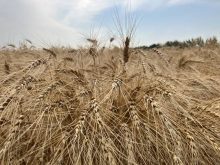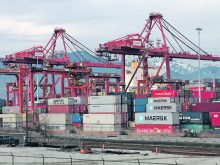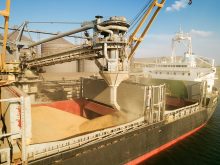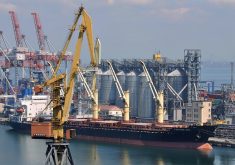Most of the agricultural news surrounding the war in Ukraine revolves around wheat and corn, but another important crop could also be affected.
Ukraine is the world’s third largest exporter of canola behind Canada and Australia.
War has placed the country’s 2022 crop in jeopardy despite it being seeded in the winter before the outbreak of hostilities.
“You have to be massively optimistic to say that Ukraine is going to produce a crop that is anywhere close to what last year’s crop was,” said MarketsFarm analyst Bruce Burnett.
Read Also

No special crop fireworks expected
farmers should not expect fireworks in the special crops market due to ample supplies.
“It’s probably going to be down by about a third from normal, I would say, just given the circumstances, and it could be down by a lot more.”
That forecast is in line with one from APK-Inform, an agriculture consultancy firm based out of Ukraine.
It is calling for a 28 percent reduction in the production of winter wheat, rye and barley based on the “current map of military activity” in the country.
APK-Inform anticipates that only 13.6 million acres of the 18.8 million acres planted to those crops will be harvested.
Canola wasn’t included in that estimate, but in a separate story, APK-Inform said Ukrainian farmers planted 3.5 million acres of the oilseed, the largest crop in 12 years.
It also noted that about half of the crop is located in regions with military activity, so a high proportion of it could be lost to the ravages of war.
Burnett said it is likely that some of the crop did not receive its usual application of fertilizer in the February-March period.
He also worries about the ability for farmers to apply in-season pesticides, a critical crop input for canola growers.
And then there are the questions about Ukraine’s ports. There were reports on March 16 that the Russian navy fired missiles and artillery at the Odessa region.
Odessa contains one of the country’s most important ports for shipping grain.
Burnett said it remains to be seen what condition port infrastructure will be in when the war ends. That could seriously hamper Ukraine’s export potential for new crop canola.
Much of the old crop was already shipped out because of the country’s tradition of front-loading sales.
Ukraine is expected to export 2.7 million tonnes of canola in 2021-22, according to the U.S. Department of Agriculture.
UkrAgroConsult estimates that 89 percent of that total had already been exported as of Feb. 14.
About 1.6 million tonnes were shipped to the European Union, a market that has also become an increasingly important customer for Canada over the last few years.
Ukraine has accounted for 44 percent of the EU’s canola imports so far this year, according to the United Kingdom’s Agriculture and Horticulture Development Board. It picked up market share from Canada, which had a short crop.
Burnett said vegetable oil supplies are forecast to be at decades-low levels by the end of the 2021-22 crop year, so any major hiccup in Ukraine’s sunflower and rapeseed production in 2022 will likely push prices higher or at the very least support them.
Edible oil prices in India, the world’s largest importer of the product, are up 25 to 40 percent in the last month alone, according to a story in the Financial Express.
Burnett is advising Canadian growers to lock in some 2022 production at today’s new crop prices of $20 to $21 per bushel as of March 16.
However, he acknowledged that drought is still a big concern on the Prairies, so there is some risk associated with that strategy.




